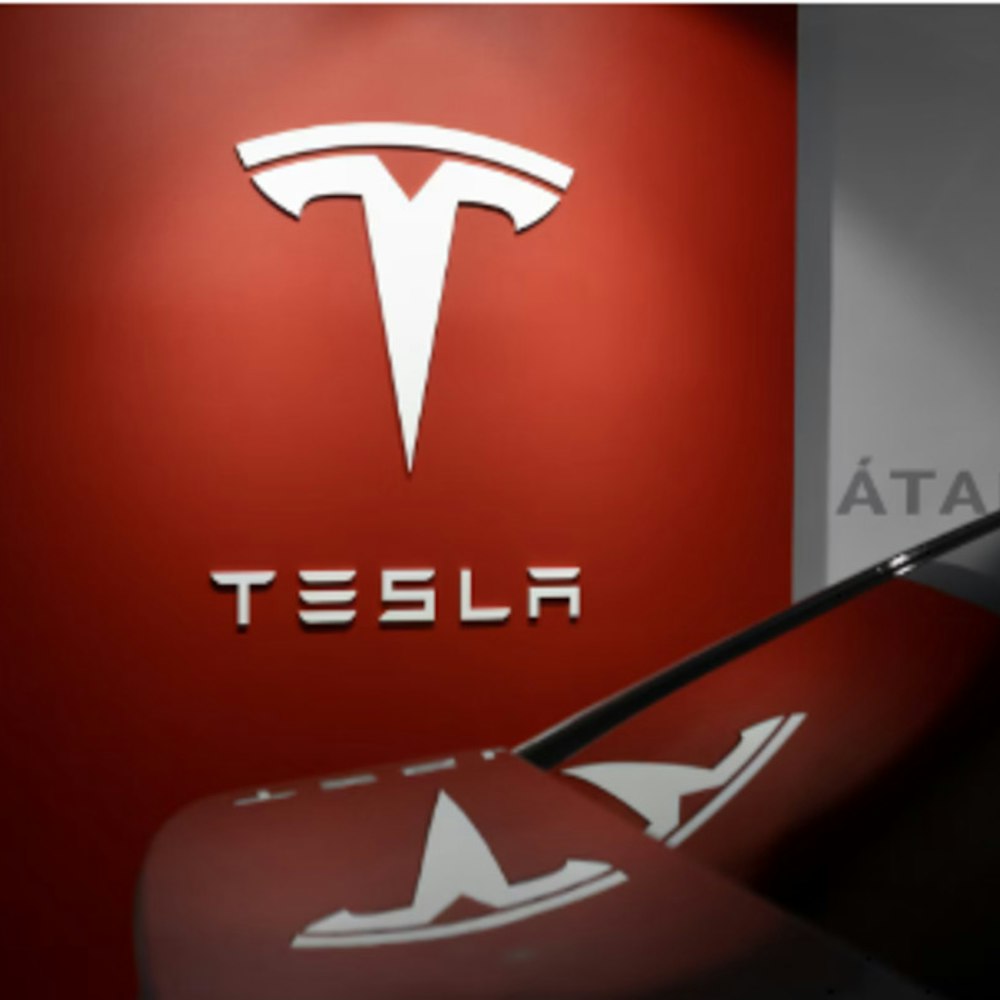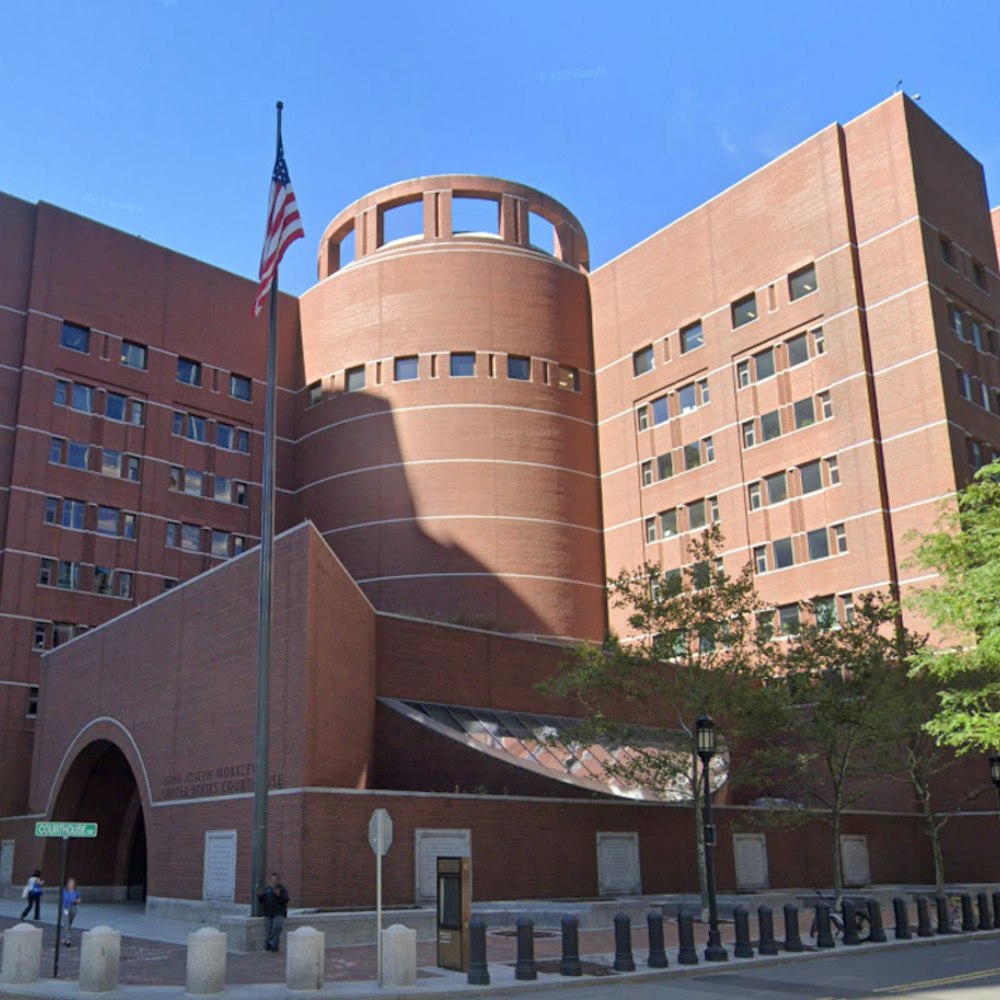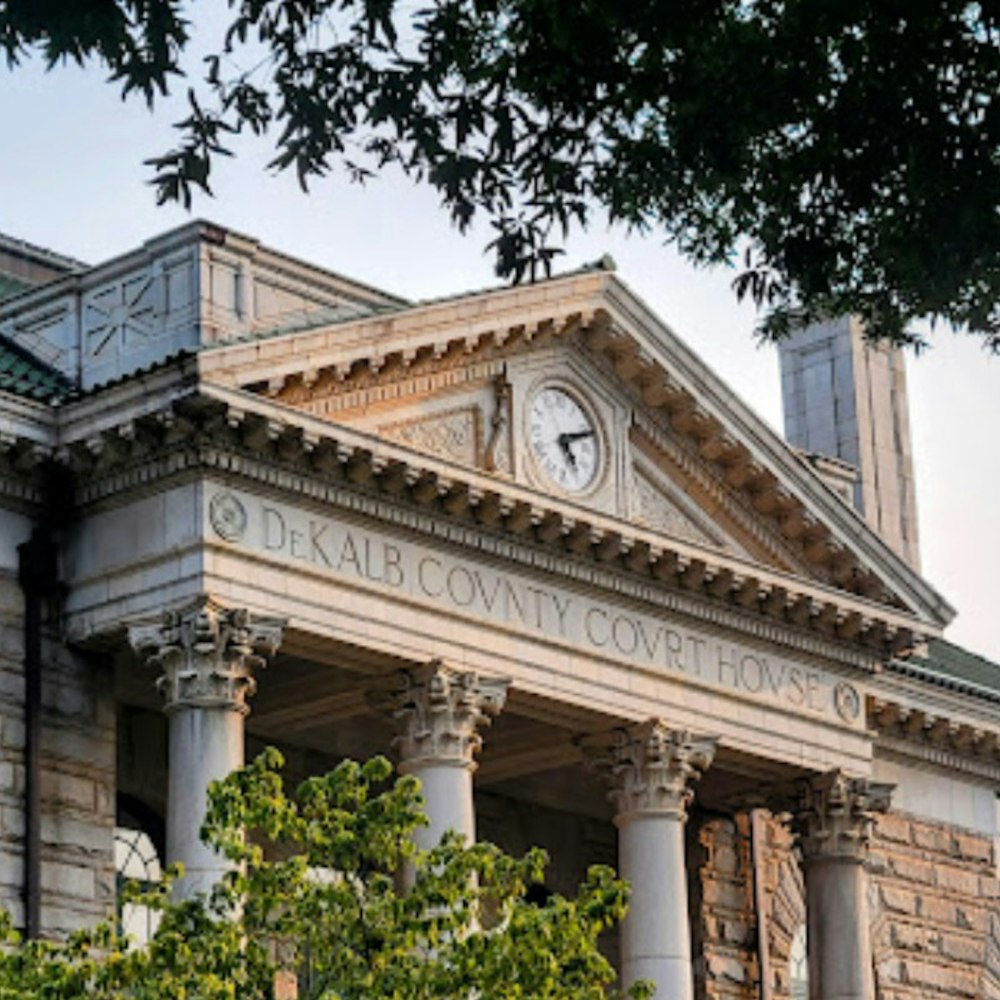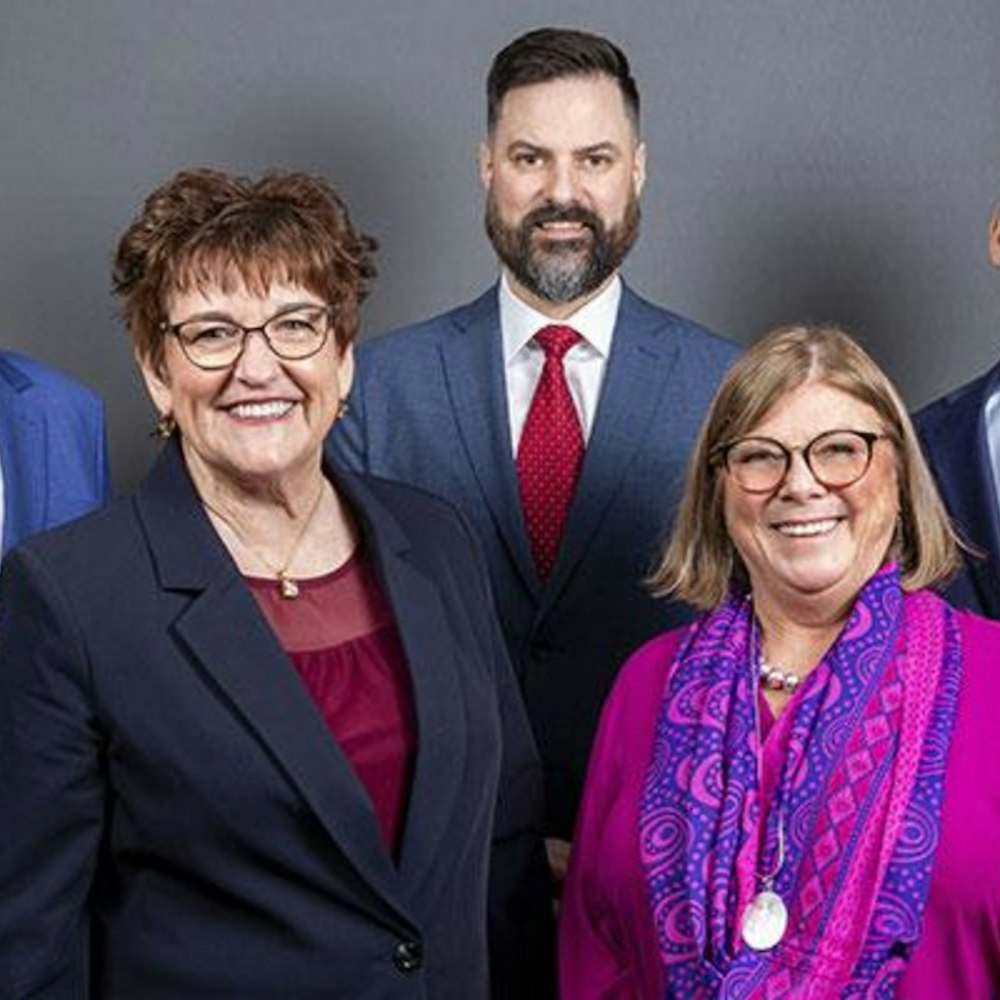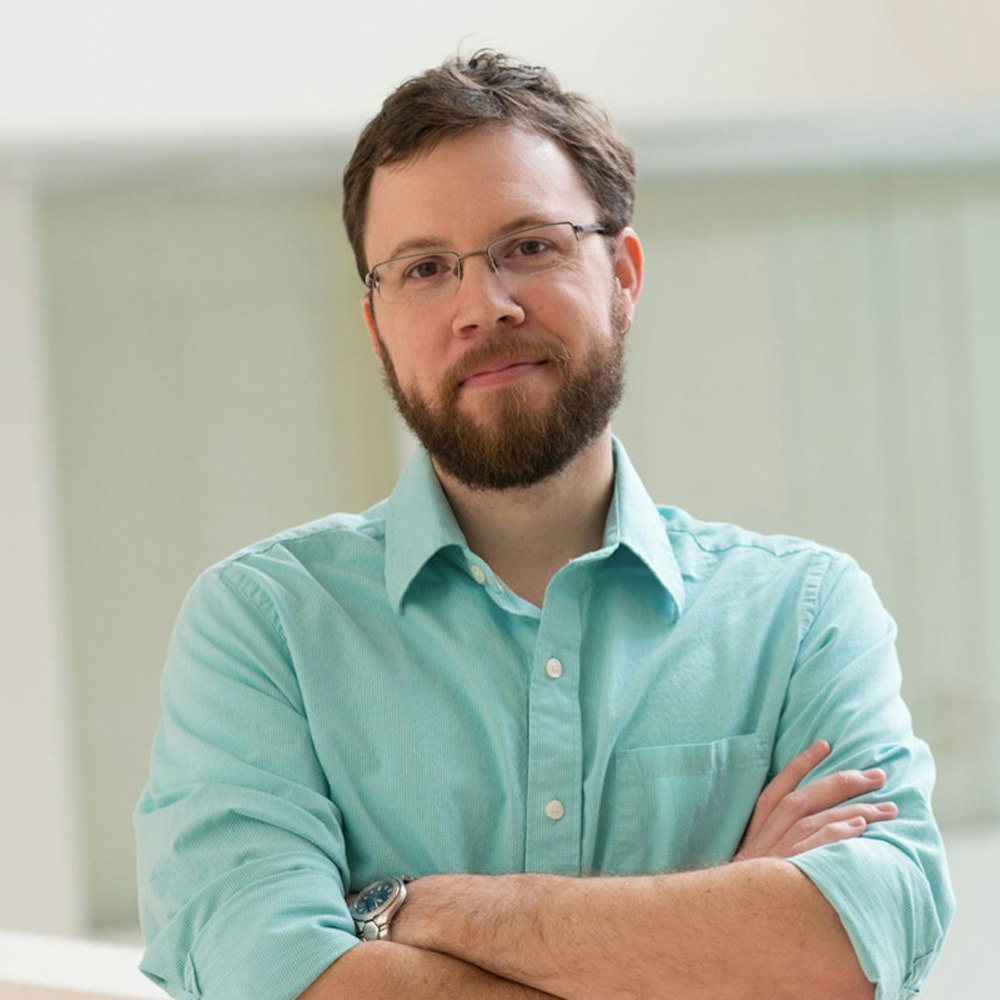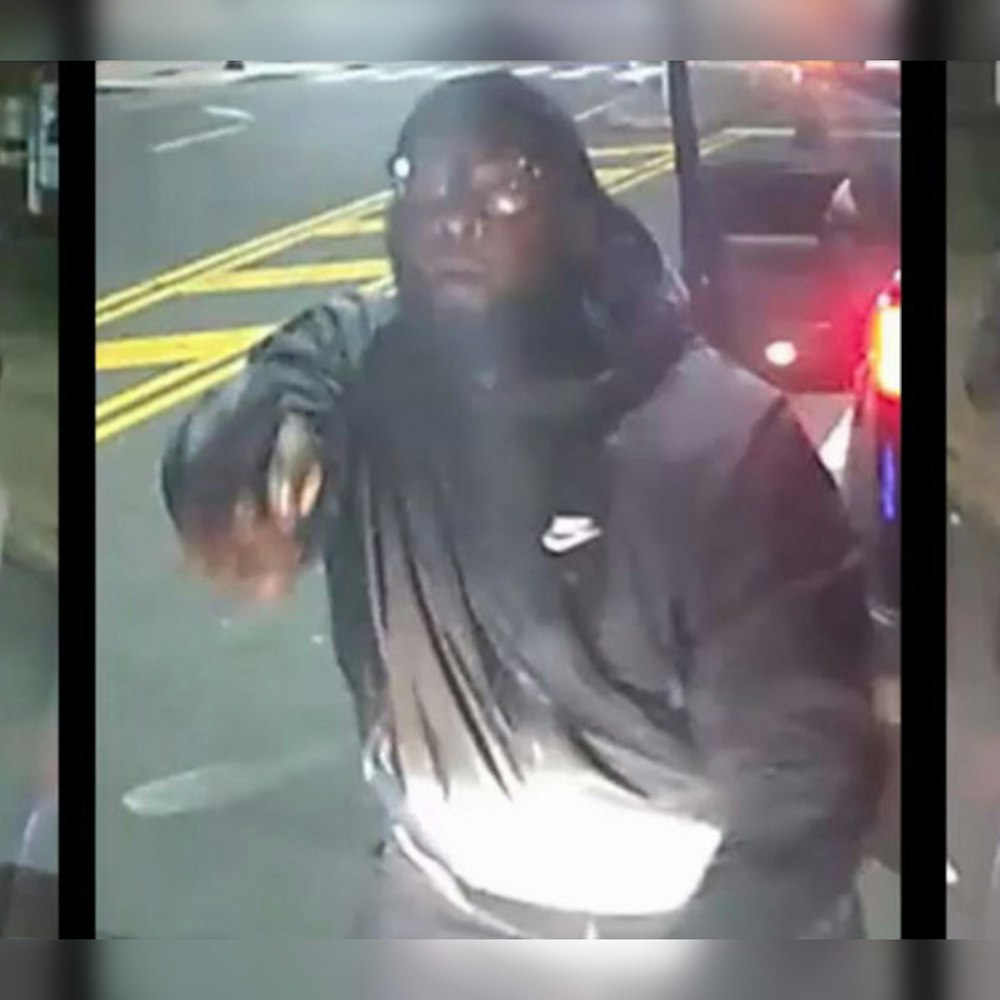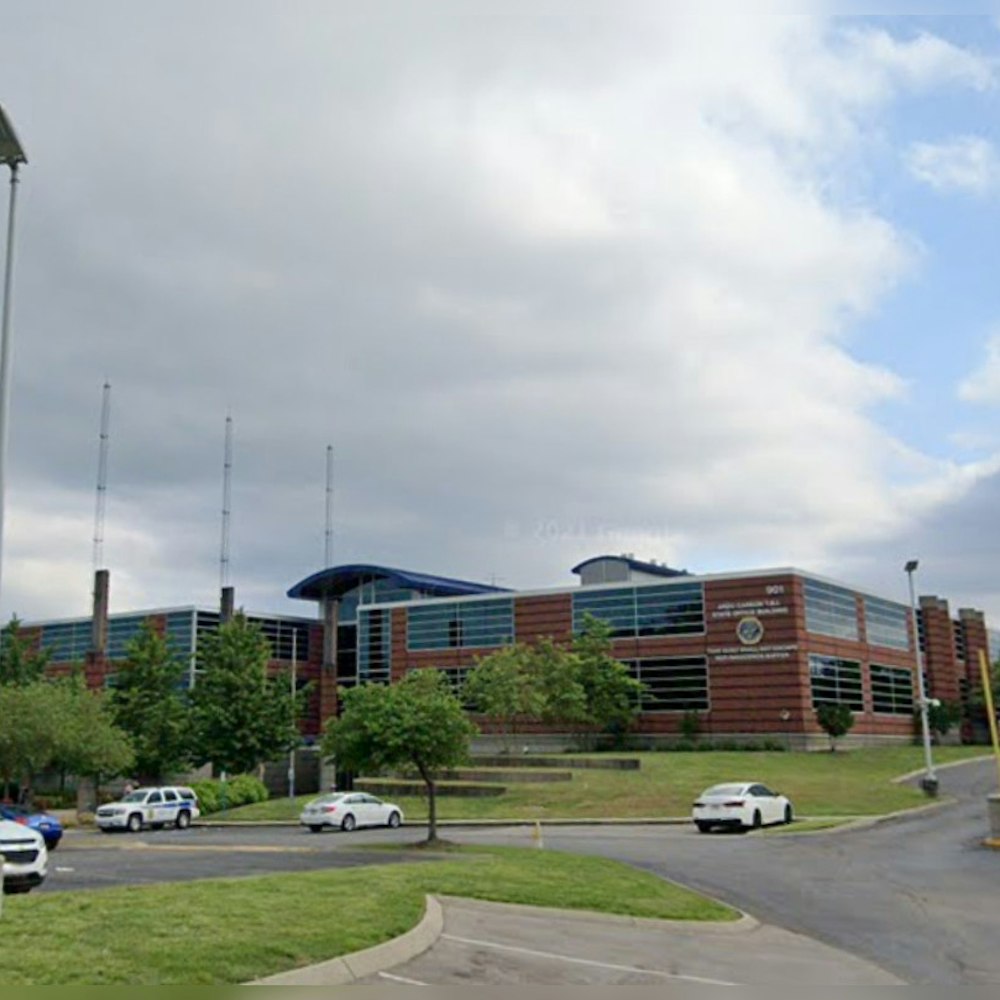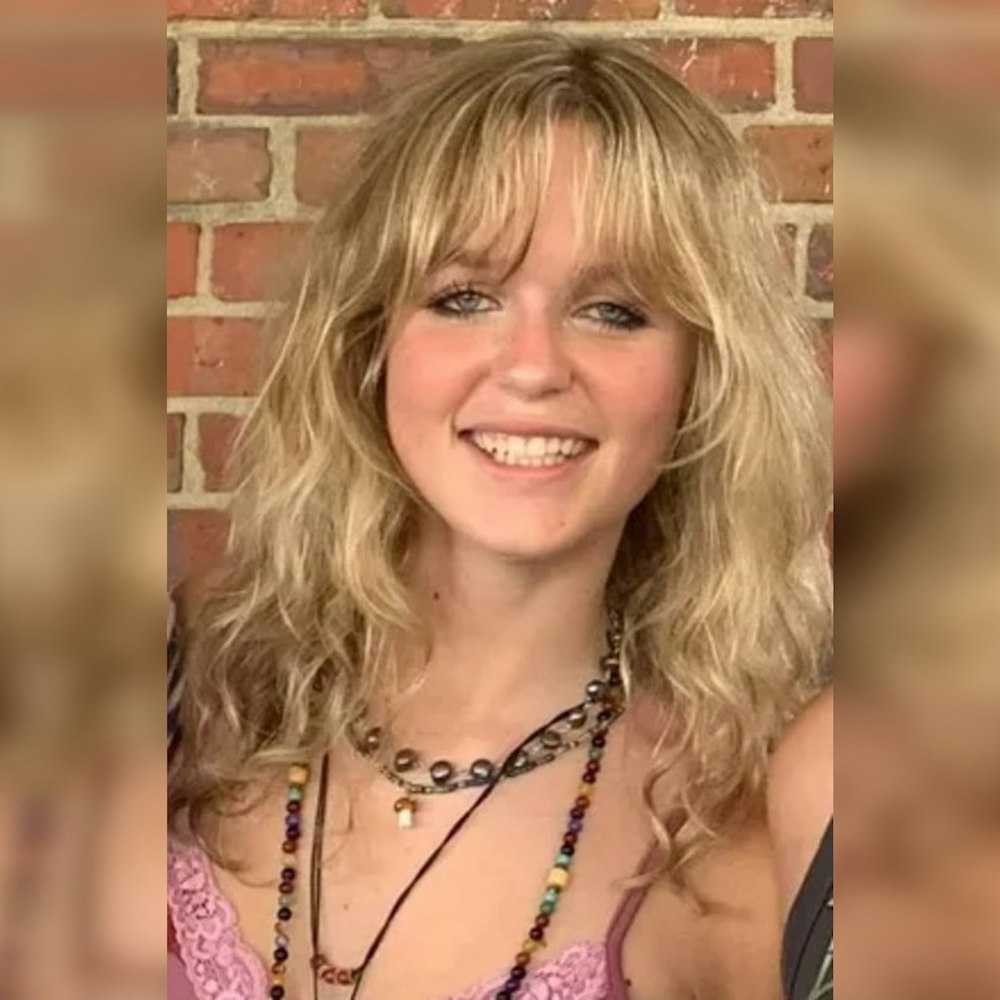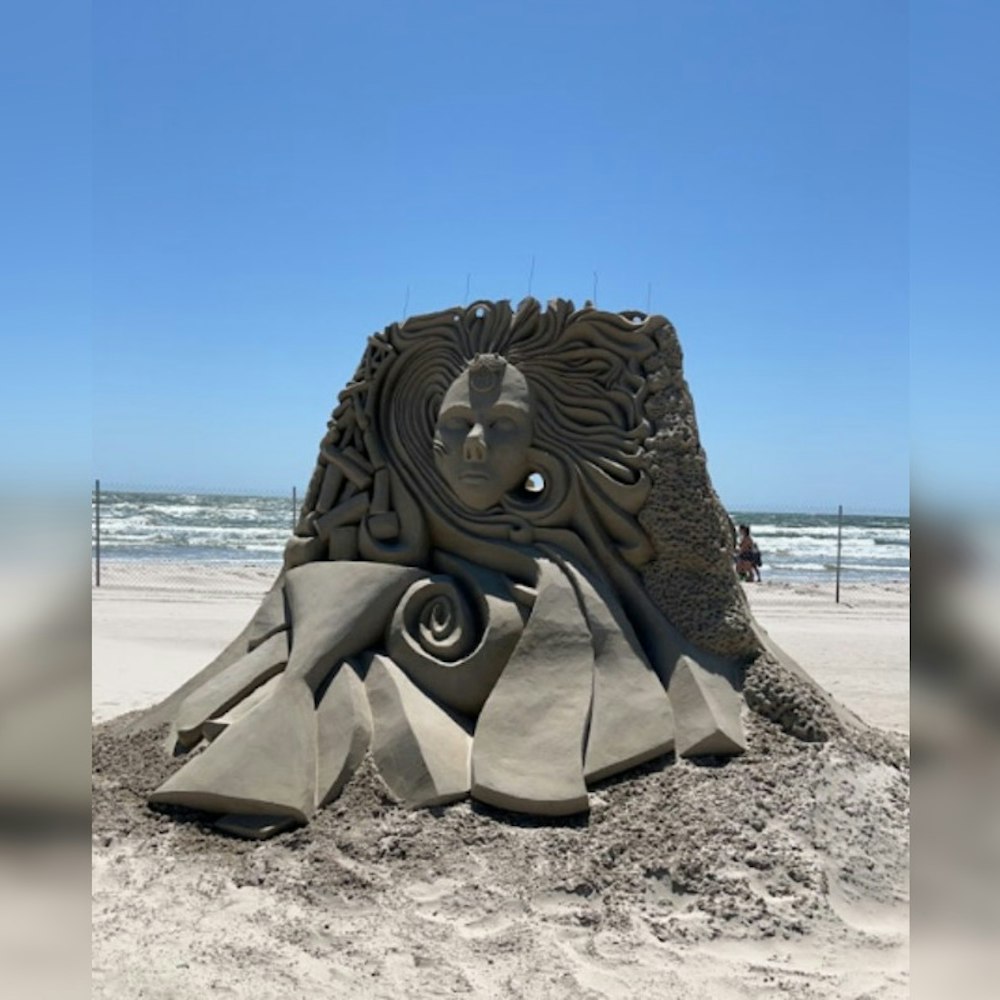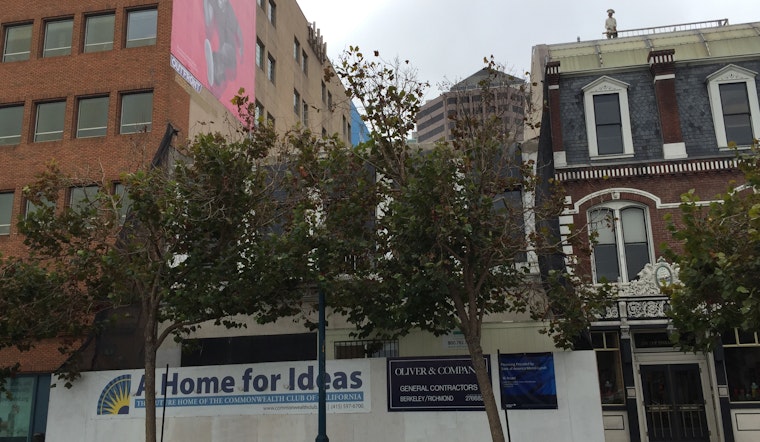
After a series of delays, due to community opposition to its modern glass façade, the Commonwealth Club has finally begun construction on its new, permanent home at 110 The Embarcadero, near Mission Street.
The new building will be situated between the Audiffred Building (home to Boulevard) and the Jewish Community Federation. It will span 24,000 square feet across three floors, including an auditorium with a capacity of 299, another room that holds 135, a roof terrace that can fit up to 170, and 16 bathrooms. It's also seeking LEED Gold or Platinum certification for building efficiency.

The lobby of the new Commonwealth Club. (Rendering: LMS Architects)
This is the first time in the club's 122-year history that it will have its own building. “This will truly be what we’re calling a home for ideas, and the agora for San Francisco and the Bay Area that our founders envisioned,” Commonwealth Club CEO Gloria Duffy said in an earlier interview.
The club had originally hoped to move out of its longtime rental space at 595 Market St. and directly into the new building, but that didn't end up working out. (Duffy said that community opposition delayed the construction process too long; others have said that timetable was too ambitious, regardless of opposition.) Either way, the club has held all its San Francisco programming since February in a temporary Union Square space at 555 Post St., formerly home to the Press Club of San Francisco.
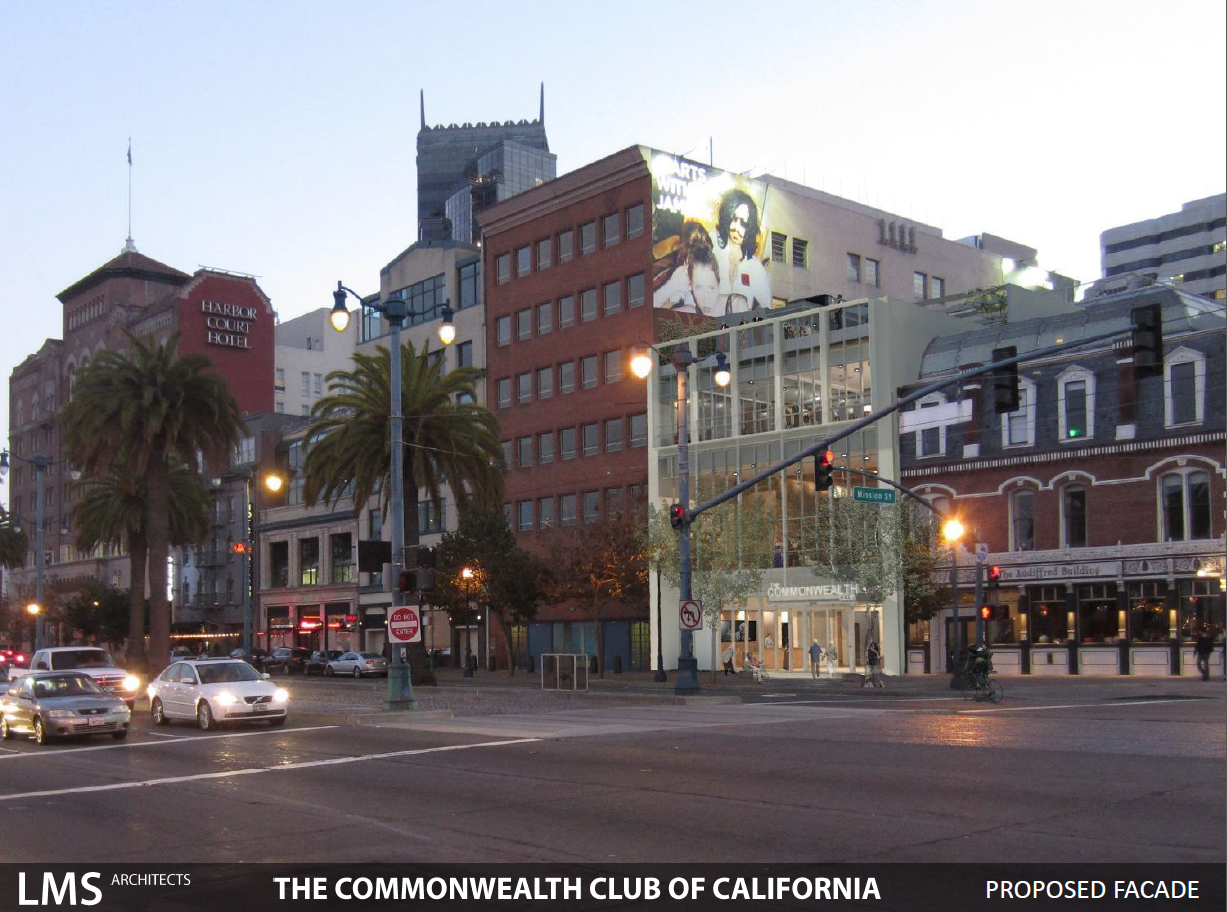
Rendering: Leddy Maytum Stacy Architects
At the club's former location at 595 Market St. on Nov. 20th, 2014, the club and several of its contractors gave a detailed presentation on plans for the building, outlining sustainability, audio-visual capability and more. Leddy Maytum Stacy Architects, which also designed the North Beach Branch Library, is designing the new space.
The Planning Commission voted 7–0 to approve the design twice in 2014. Opponents, led by David Osgood of Rincon Hill Neighbors, spoke out against the project's modern glass façade, saying it didn't fit with the architectural character of the surrounding buildings. Osgood was also concerned that the club got approval to remove four trees on the Steuart Street side of the building.
Osgood took his efforts to oppose the design to the Board of Supervisors, supported by San Francisco Tomorrow, the Coalition for San Francisco Neighborhoods and some members of the labor movement.
"Neighborhood character and historic preservation are norms in many places (and most all world-class cities)," Osgood told us in a statement on Tuesday. "Nearly all of that highly-visible block retains an early-20th-century look, including the Streamline Moderne building at the south end. Obviously, the Audiffred Building right next door is 19th-century. The clash between Audiffred and Commonwealth's modern glass is hideous ... I believe photos of this historic building's destruction will live in infamy, along with those of the Fox Theater and Playland at the Beach."
Despite the opposition, the board unanimously approved the club's plans in February, with permits issued in March. According to Duffy, the group has "spent the interim period of time firming up our construction contract with Oliver and Company, who are our general contractors; doing the shop drawings; finalizing the bank loan with Bank of America for construction" and getting ready to begin.
Construction started Sept. 8th. "The first stages are dewatering the basement, removing rubble from the basement," Duffy said. "Now, they’ve started stripping off the Embarcadero façade. They’ve braced the Steuart Street façade, because that’s historically protected. We’ll not only be preserving that, but enhancing it to its 1934 look."

110 The Embarcadero, Sept. 19, 1957. (Photo: SF Public Library Archives)
Dating to 1910, the building has had various uses, including as a diner, maritime supply company, warehouse, and a wine casking and storage facility. It has façades on both the Embarcadero and at 115 Steuart St.
Most notably, the site was the once headquarters of a famous 1934 strike by the International Longshoreman's Association/International Longshore and Warehouse Union, which led to the "Bloody Thursday" melee and the shooting deaths of two striking union workers. Duffy said the Commonwealth Club is working with the leadership of the International Longshore and Warehouse Union, as well as other unions, to create historic displays and a digital presentation commemorating the strike and its aftermath.

10th anniversary commemoration of Bloody Thursday. (Photo: SF Public Library Archives)
Construction is expected to take 14 months, and if all goes as planned, the club will take occupancy in December 2016. The total cost of the new club is $28 million, which includes the site, buildout, furnishings, fundraising, professional fees, interest on the loan and more. The club is still raising money to cover the final third of the bill; in the meantime, it has the bank loan to cover costs.
In deference to lunch service at next-door Boulevard and other nearby restaurants, Duffy said the site will observe quiet times from noon–2pm daily. “We’re doing things in a way to be respectful of the neighborhood, and make sure those restaurants that have their peak business at that time don’t have a disturbance,” she said.
Two of the four New Zealand Christmas trees surrounding the new building have already been removed, and the other two must come out as well for the construction process and to install new utility lines, said Piper Kujac, construction project manager. (The original four trees on Steuart were within 45 feet of each other, so they were quite crowded, Kujac noted.) The club is working with the Department of Urban Forestry and Friends of the Urban Forest to choose three appropriate replacement trees.
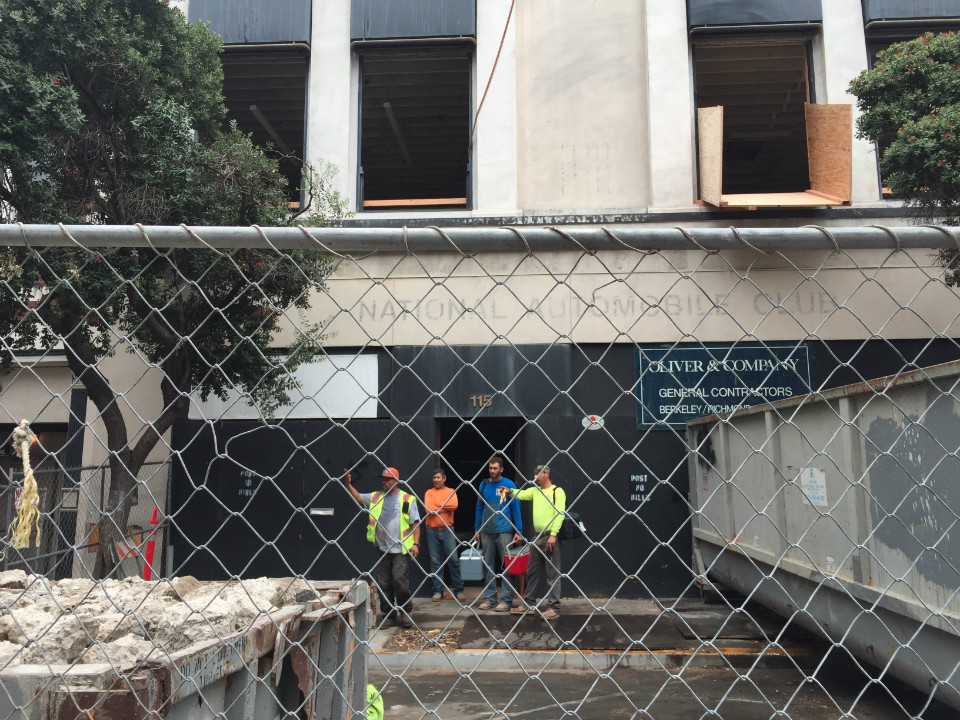
Steuart Street side.
Once the new building debuts, the Club plans to continue its annual schedule of over 450 speeches, debates and discussions addressing key issues in society, culture, politics, the economy and more. At least a million people hear the club’s weekly radio broadcasts on more than 230 public and commercial stations across the country.
